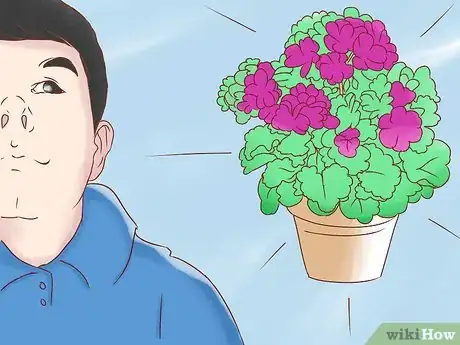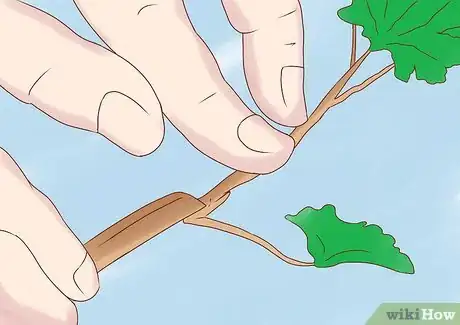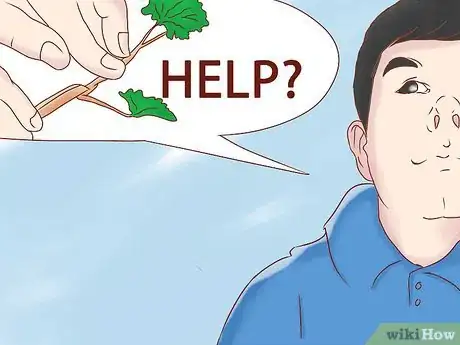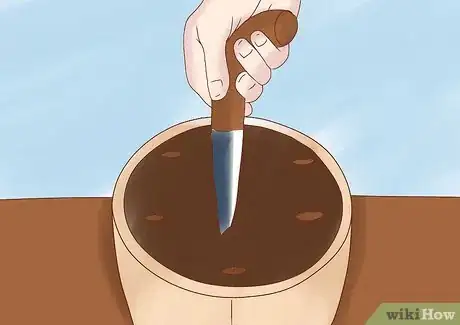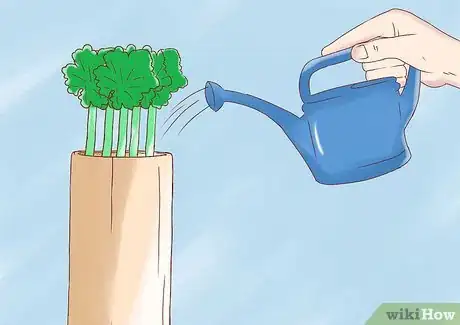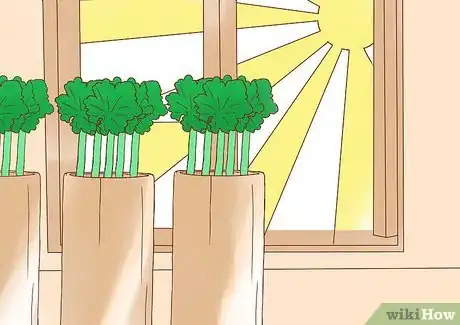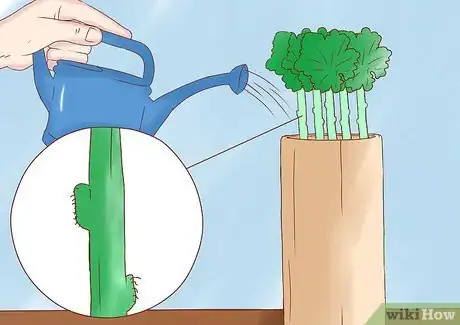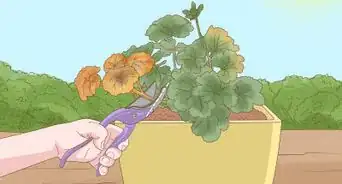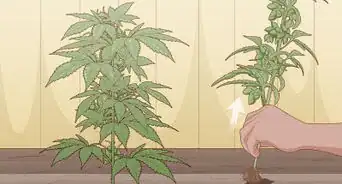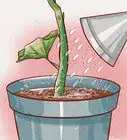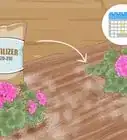wikiHow is a “wiki,” similar to Wikipedia, which means that many of our articles are co-written by multiple authors. To create this article, 17 people, some anonymous, worked to edit and improve it over time.
wikiHow marks an article as reader-approved once it receives enough positive feedback. This article received 24 testimonials and 96% of readers who voted found it helpful, earning it our reader-approved status.
This article has been viewed 398,086 times.
Learn more...
Geraniums, otherwise known as "pelargoniums", are easily propagated from cuttings in spring and autumn. The great thing about growing from cuttings is that you can keep the type true to the parent plant and with new young plants, you can be guaranteed of a fresh profusion of flowers.
Steps
-
1Choose the best time to do this. Early spring and later summer are the best times, but any time in spring, summer and early autumn (fall) will result in healthy cuttings. Early cuttings will flower that summer, while later cuttings will provide larger plants ready to flower the following summer.
-
2Choose a healthy plant. Select shoots that look healthy and are not flowering. (It is possible to use flowering shoots if you have no choice but it's best to avoid them.)Advertisement
-
3Take cuttings. Using a clean scalpel or sharp knife (secateurs can crush the shoots), cut off the shoot at a length of about 3-4 inches or 7.5-10cm. If the plant is a miniature, the length should be half that. Cut just above the leaf joint (node).
-
4Trim the cutting to just below the node. Remove the lower leaves and scales at the base of the leaf stalks.[1] Leave at least two leaves at the top.
-
5Decide whether or not to aid the cutting. Root hormone powders are not needed for pelargoniums, and indeed may be detrimental to their growth.[2] Some advise dipping the cutting in honey––that's up to you.
-
6Prepare the growing containers.[3] Fill each container with cutting compost or peat-based seed compost. If you can't find these, make a mixture of equal parts of peat and sharp sand.
- Container sizes: It is recommended that you use a container about 7.5cm/3 inches for individual cuttings, or a 12.5cm (5 inch) for up to five cuttings.
-
7Make holes in the potting mix using a dibble, finger or pencil. Near the edges is best for drainage purposes.
-
8Insert the cuttings with care.
-
9Water the cutting to make sure that the compost is moist.[4] The watering should be very light and avoid covering the cuttings with water, to avoid the growth of botrytis.
-
10Place in a warm spot. The cuttings need a warm place for rooting. Preferably use a heating mat or propagator but a warm, sunny windowsill will do the trick, provided they're shaded from direct sunlight (choose the side of the house without direct sun hitting it), or a shaded window. If the cuttings have bottom heat, cold air won't be such an issue for them.
-
11Water lightly as the roots develop, mainly when there is sign of wilt in the cuttings. On the whole, keep the compost dry. Do your best to avoid getting water on the actual cuttings. You may see roots appearing within three days for some varieties, longer for others and longer if the air is cool. New top growth will appear once the roots form and if you tug the cutting gently, it will stay in place (thanks to its new roots).
- If you planted several cuttings to a pot, transfer to individual containers once they have developed roots.
- Rooting should start between a week to a month after taking the cuttings.
Community Q&A
-
QuestionHow do I make my geranium plant less long?
 Community AnswerIf you're asking how to keep your geraniums shortened, you can cut them back when necessary.
Community AnswerIf you're asking how to keep your geraniums shortened, you can cut them back when necessary. -
QuestionDo I take the growing tip out of my geranium cuttings once they have rooted?
 Community AnswerYou can cut the top of the geraniums out once they have rooted as this creates a bushier plant with more foliage.
Community AnswerYou can cut the top of the geraniums out once they have rooted as this creates a bushier plant with more foliage. -
QuestionShould I keep disbudding until the cuttings are a good size?
 Community AnswerYes. At this point, you want the plant to concentrate its energy on root development, not on producing flowers.
Community AnswerYes. At this point, you want the plant to concentrate its energy on root development, not on producing flowers.
Warnings
- Never keep the compost wet as that will increase chances of rot.⧼thumbs_response⧽
Things You'll Need
- Scalpel or sharp knife
- Geranium plants
- Compost
- Warm place
- Water
- Honey (optional)
- Pots (containers)
References
- ↑ https://www.gardenersworld.com/how-to/grow-plants/how-to-take-cuttings-from-bedding-geraniums/
- ↑ https://edenmakersblog.com/?p=4678#sthash.3dW5j3HZ.dpbs
- ↑ https://www.gardenersworld.com/how-to/grow-plants/how-to-take-cuttings-from-bedding-geraniums/
- ↑ https://edenmakersblog.com/?p=4678#sthash.3dW5j3HZ.dpbs

